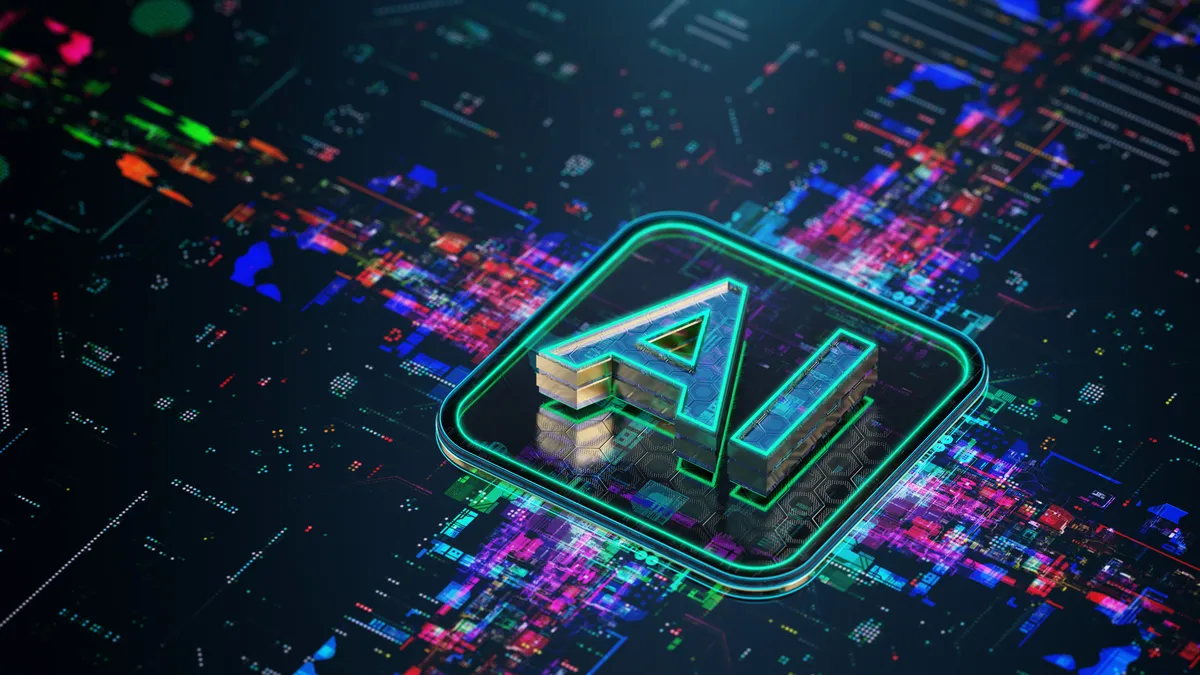Jeremy Renshaw is a senior technical executive at the Electric Power Research Institute.
The U.S. power grid has often been described as the most complex machine in the world. As the complexity of grid-connected components exponentially increases as new components are connected, artificial intelligence can play a growing and game-changing role as part of the clean energy transformation.
For more than a decade, EPRI has been studying AI and its potential impacts on the energy ecosystem. To date, EPRI has been involved in more than 70 projects related to AI applications in the sector. As an independent, non-profit energy R&D institute, we help identify innovative ways to drive an affordable, reliable, and equitable clean energy future. In my testimony to the U.S. House Energy and Commerce Subcommittee on Energy, Climate, and Grid Security last week, I explained that AI has the potential to assist the energy sector in current and future opportunities.
EPRI research has found AI can help energy companies improve detection of early-stage degradation in power plant or grid equipment, assist with wildfire risk evaluation and early-stage detection, and improve efficiency of existing assets and optimize energy usage — both of which help to reduce emissions, augment cybersecurity tools, enhance load forecasting, as well as provide other benefits.
For example, in the energy sector, AI tools can also be used for predictive maintenance. These tools can parse through substantial amounts of data and potentially identify early-stage trends in data that may lead to the identification of future malfunctions and notify power plant and grid operators to schedule preventive maintenance ahead of these potential equipment failures. EPRI has already applied such principles to wind turbine gearboxes to predict the onset of failures, allowing for lower-cost preventive maintenance activities to be performed instead of larger-scale and more expensive repairs.
Similarly, more extreme weather, combined with aging infrastructure, is causing reliability concerns for power to our homes and businesses. Energy companies are already using AI for a wide variety of applications, such as automated analysis of transmission and distribution asset inspections to detect damaged or degraded components. In recent years, the development and deployment of drones have provided energy companies with an order-of-magnitude increase in the amount of inspection data available to them to improve component repair and replacement to support grid reliability.
For wildfire risk evaluation and detection, many parts of the world suffer from droughts and wildfires. AI tools can help address this challenge on multiple fronts. These include analyzing satellite data to proactively identify areas of higher risk as well as conducting real-time analysis of observation station camera data to detect smoke and trigger faster responses to deal with fires at earlier stages when they are smaller and easier to contain.
AI can also help optimize energy usage. Buildings consume nearly half of the world’s energy needs. Collaborating with various stakeholders, EPRI has been working on technologies to optimize energy management in buildings by controlling how and when to use HVAC and other energy-intensive systems based on time of day, building occupancy, cost of energy, and other factors. AI technologies offer the potential to reduce overall energy use in buildings by 20% to 40%. If these systems were implemented at scale, more than 10% of global energy usage could be reduced, having an even more dramatic effect on their carbon footprints and accelerating the clean energy transition.
While AI offers many potential benefits, there are several challenges that should be considered when implementing AI to solve a problem. They include:
- Data and bias: Data is at the heart of all AI technologies. Without sufficient quantity, quality, and cleanliness of data, AI systems can potentially produce erroneous or unexpected results. Additionally, datasets used to train AI models may suffer from bias, which can be transferred into the AI model. This can cause existing biases in data (e.g., sexism, racism, etc.) to be perpetuated or reinforced in the AI models used.
- Data privacy and security: AI models are typically trained on large datasets, which may contain personally identifiable information or other sensitive data. Steps should be taken to ensure the security and privacy of the data.
- Cybersecurity: AI technologies can result in new and never-before-seen cybersecurity concerns, such as deepfakes used to steal personal information or AI-assisted cyberattacks.
Are machines going to replace people? Probably not. It’s more likely they can enhance the work we’re doing to increase economic activity. There is a lot of training, testing, and validation involved in testing AI models. That increases the energy sector’s confidence in the outputs of the models.
While AI is a powerful tool, it is not yet ready to solve all challenges. AI allows computers and humans to interact more effectively to improve safety and reliability, while reducing costs. It will enable computers to do what they do best, such as rapid, accurate calculations, and allow people to do what we do best, such as strategy, creative thinking, and implementation.
Ultimately, it all comes down to people. People need to be trained on how and when AI is the right tool to use and when it is not. Just because you can use AI to solve a problem doesn’t mean you should. Additionally, people need to work together to protect sensitive data, train models properly, and utilize methods to protect themselves and others from emerging cyber threats that utilize AI.
EPRI research shows that AI offers great promise in the energy sector’s efforts to decarbonize towards a net-zero economy. Working collaboratively, parties can address today’s AI challenges and tomorrow’s opportunities, assisting society with an affordable, reliable, and equitable clean energy future.






















